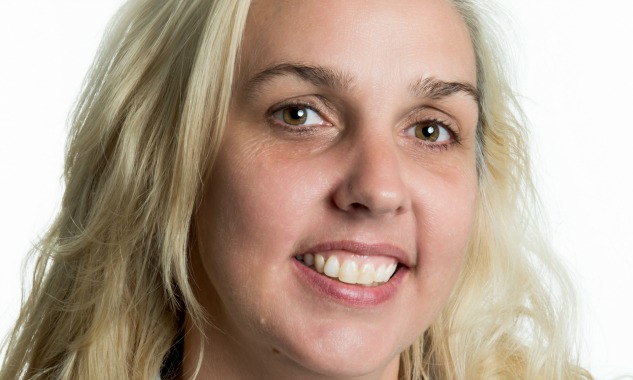A successful business requires a solid business plan, a watchful eye on the bottom line and radar for opportunities. In the non-profit sector, social change is our currency – but how do we measure up when it comes to tracking performance?
To date, many social purpose organisations have measured success on meeting specific project goals – often at the end of a project. But this can lead to investment in programs that aren’t working, for too long, and can conflate activities with outcomes.
We in the social purpose sector now know there’s no silver bullet – no single program or activity – to overcome complex social issues, stop climate change or end animal cruelty. We know that our best chance of creating real, scalable change is through working collaboratively with others. Now it’s time to transition our measurement to ensure we’re on track to deliver that impact, collaboratively.
What is impact measurement?
Impact measurement offers a structured process for organisations to track – in real time –activities and approaches that work (or don’t) to ensure long-term, population-level impact. It provides signposts to stop organisations from getting too far down specific paths that don’t yield results (and scale up those that do), making it possible to share learnings and collectively claim results with other stakeholders.
What does impact measurement look like in practice?
- Deeply understanding root causes behind the issues your organisation works to address, by engaging with the community and other key stakeholders
- Understanding the potential pathways to change, given the resources available
- Turning those pathways into an Impact Map’ (see the below template), tracking short term, interim and long term goals against an impact goal
- Collectively deciding – with community and stakeholders – the key indicators of change
- Developing, implementing and embedding ongoing tracking and measurement
Why aren’t we seeing more focus on impact measurement across the NFP sector?
Embracing impact measurement can lead to letting go of programs, activities and individual ownership of outcomes. And that can be challenging (we’ve gone through this at United Way, so know it’s not always smooth sailing!). But it leads to an honest and accurate reflection of the way social change – our sector’s bottom line – really occurs.
At United Way for example, we’re now measuring impact at the school, initiative and population levels for our collaborative work to ensure school leavers in Greater Western Sydney engage in a pathway to meaningful employment.
Sector wide, the measurement of short, medium and long term impact has begun to evolve. But we need all stakeholders – including funders – to support an approach that’s not ‘business as usual’ when agreed activities are shown not to deliver impact. A potentially risky prospect in a competitive funding landscape, perhaps. But we need to openly acknowledge our failures along with our successes, and better share our learnings if we’re to fulfil our bold social missions.
Eleanor Loudon is United Way Australia’s Head of Community Impact.
























































































































































